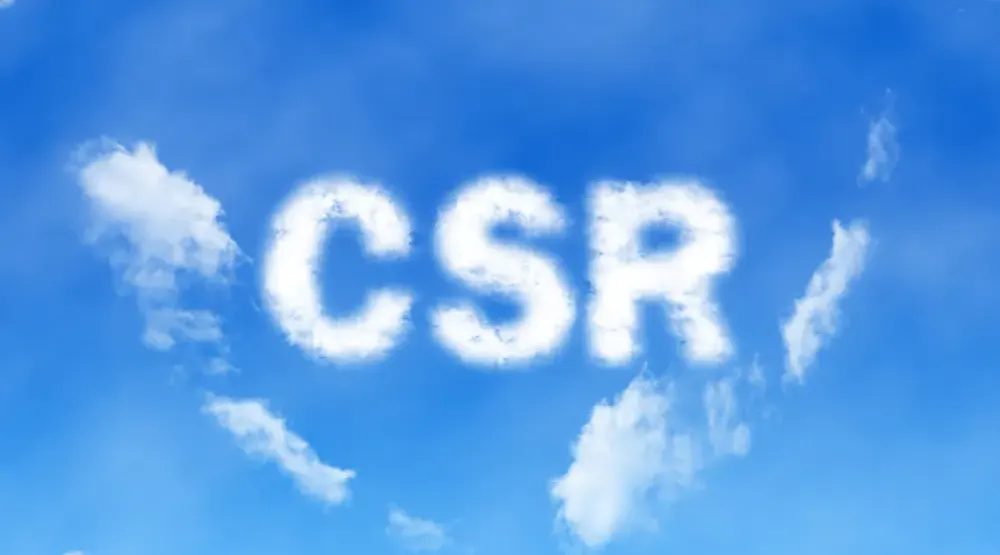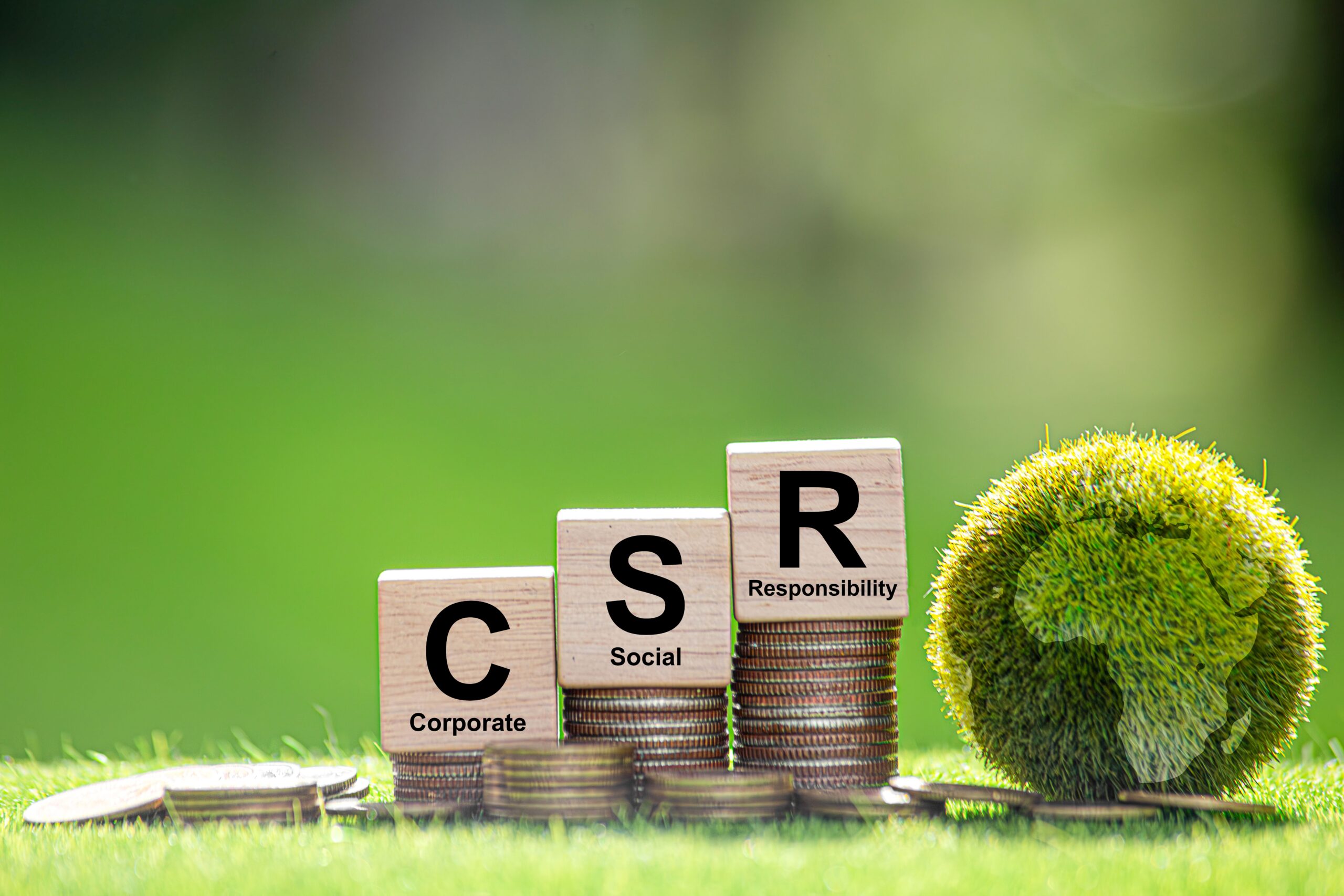Published on: July 8, 2025 at 3:56 pm
Academy of Management Scholar Herman Aguinis of the George Washington University School of Business, one of the most influential management professors and researchers, said corporate social responsibility (CSR) is about three Ps—profit, the planet, and people—the “triple bottom line.” The following is an overview of how CSR has evolved, reflecting changing societal expectations and business practices:

Source: Shutterstock
1. Robber barons whitewash their image with philanthropy:
In the 1800s and early 1900s, ultra-wealthy industrialists such as Andrew Carnegie and John D. Rockefeller engaged in charitable activities. The idea of businesses having responsibilities beyond profit maximization was out of favor among the politicians and business leaders of the day, but began to spread among academics and social critics.
Source: Shutterstock
2. Businesspeople have social responsibilities:
In 1953, economist Howard R. Bowen wrote Social Responsibilities of the Businessman, recommending that companies should focus on business ethics, contribute positively to their community, and do good things for society, not just make money. Urging business leaders to consider stakeholders other than shareholders and look at outcomes beyond profits was out of step with the post-World War II era, but that concept gained influence in the following decades.
Source: Shutterstock
3. Strategic CSR and stakeholder theory:
In the wake of the publication ofR. Edward Freeman’s 1984 book,Strategic Management: A Stakeholder Approach, thathighlights the interconnected relationships among a business and its customers, suppliers, employees, investors, communities, and other stakeholders, and the U.N.’s 1987 report,Our Common Future, CSR started to become integrated into more companies’ strategic-planning processes in the 1990s. As the turn of the millennium approached, more businesses recognized that socially responsible practices could enhance reputation and boost profitability.
Source: Shutterstock
4. Globalization and standards:
As globalization accelerated in the 2000s and 2010s, businesses faced increasing pressure to adopt CSR practices to improve their environmental effects, pay and treatment of workers, and ethical governance. Frameworks such as the U.N. Global Compact (introduced in 2000) and the International Organization for Standardization’s ISO 26000 standard (released in 2010) provided guidelines for sustainable and socially responsible policies. In addition, corporate transparency and reporting gained traction as more companies began publishing annual sustainability and CSR reports.
Source: Shutterstock
5. Integration of CSR and ESG:
CSR has increasingly become intertwined with sustainable business management, emphasizing the importance of environmental, social, and governance (ESG) criteria. More investors, consumers, and regulators are demanding greater accountability in charting progress toward achieving CSR objectives and quantifying the effects of organizations’ operations on climate change, social justice, and sustainable development.Author
-

Daniel Butcher is a writer and the Managing Editor of AOM Today at the Academy of Management (AOM). Previously, he was a writer and the Finance Editor for Strategic Finance magazine and Management Accounting Quarterly, a scholarly journal, at the Institute of Management Accountants (IMA). Prior to that, he worked as a writer/editor at The Financial Times, including daily FT sister publications Ignites and FundFire, as well as Crain Communications’s InvestmentNews and Crain’s Wealth, eFinancialCareers, and Arizent’s Financial Planning, Re:Invent|Wealth, On Wall Street, Bank Investment Consultant, and Money Management Executive. He earned his bachelor’s degree from the University of Colorado Boulder and his master’s degree from New York University. You can reach him at [email protected] or via LinkedIn.
View all posts











